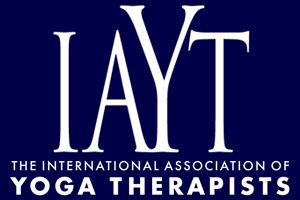Acute and Cumulative Effects of Vinyasa Yoga on Affect and Stress among College Students Participating in an Eight-week Yoga Program: A Pilot Study
Background. College students are vulnerable to a critical period in developmental maturation, facing rigorous academic work and learning how to function independently. Western aerobic exercise (WAE), such as running and bicycling, has been shown to improve mood and relieve stress. However, college students often have low levels of physical activity. Yoga is an ancient physical and mental practice that may affect mood and stress. However, rigorous studies examining the psychological effects of yoga are rare in peerreviewed Western journals. The aim of this research was to establish preliminary evidence for the acute effects of Vinyasa yoga on affect and stress in young-adult college students. Methods. Twenty healthy college students age 18 years and older were recruited to participate in this pilot study. Participants attended a Vinyasa yoga class at a local studio twice weekly for 8 weeks. Affect and stress were assessed before and after each yoga session. Measures included the Positive and Negative Affective Schedule (PANAS) and the Cohen Perceived Stress scale. Results. Positive affect scores increased significantly (p < 0.05) for 14 of the 16 yoga sessions (mean increase = 23.2%). Negative affect decreased significantly from pre- to postyoga (p < 0.05) for 15 of the 16 sessions (mean decrease = 22%). Repeated measures ANOVAs examining pre-post composite scores across all 8 weeks showed significant changes in PANAS, but not stress scores. Conclusions. Findings suggest that yoga practice is associated with acute improvements in affect in a young-adult college population. Future research is needed to examine the extent to which different types of yoga address the needs of different college sub-populations (e.g., eating disordered, overweight/obese, sedentary, and smokers).
